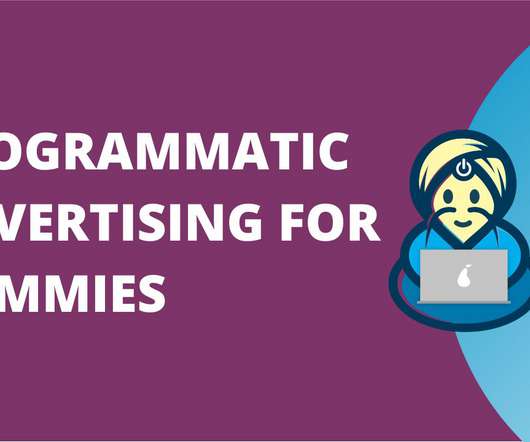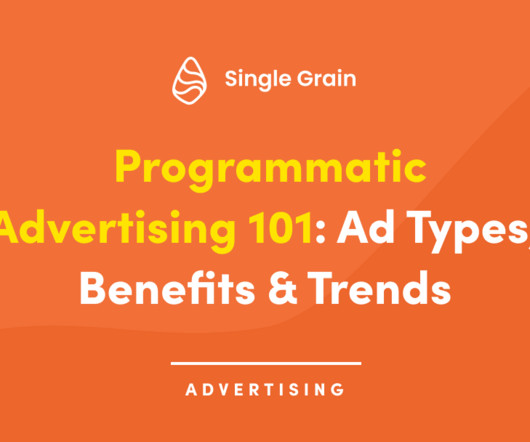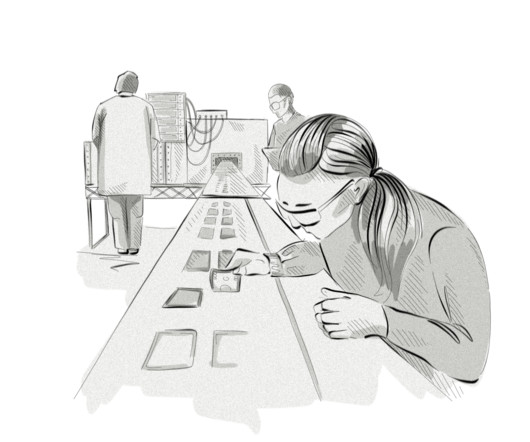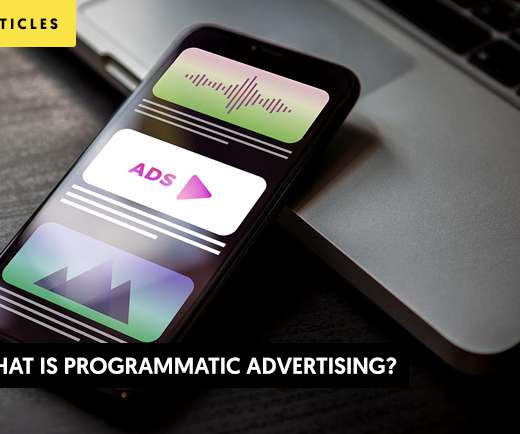2023 Programmatic Advertising For Dummies: Key Terms, Examples & Trends Explained
Monetize More
JANUARY 18, 2023
At the other end of the spectrum, DSP ’s or Demand Side Platforms started to emerge to assist agencies and advertisers with the buying side. A DSP is defined as an infrastructure that enables advertisers and agencies (buyers) to manage their media buying via a single platform.












Let's personalize your content